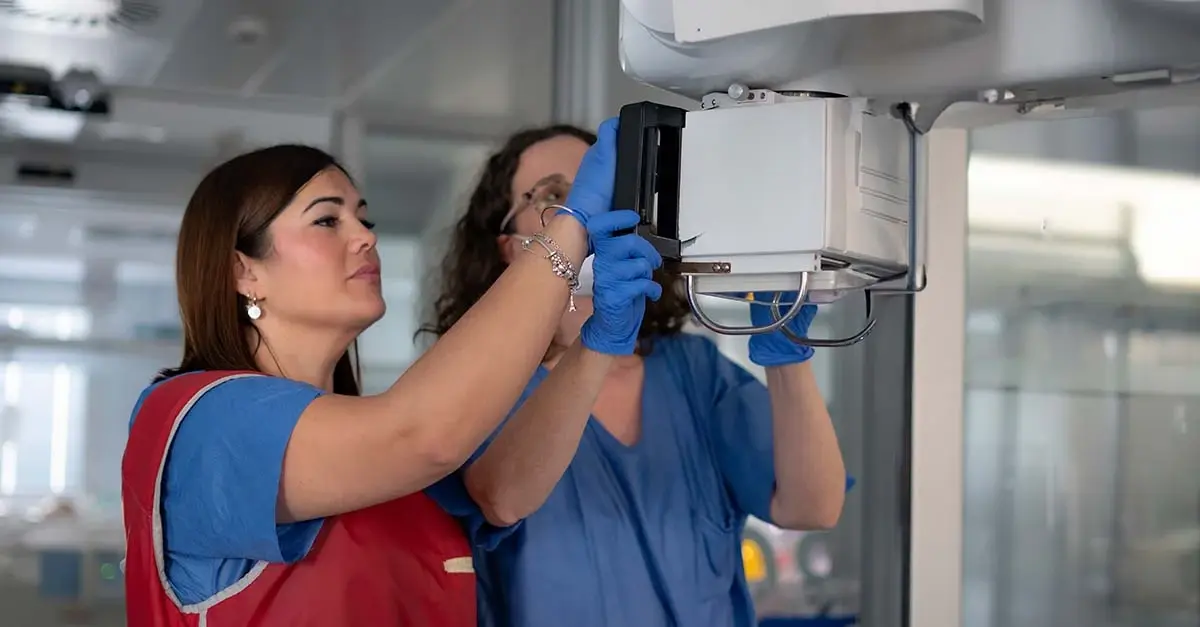
4 Document Management Blind Spots that Undermine Engineering Performance
Get the lowdown on four obstacles of a generic document management system and how an EDMS can provide your engineering team with what it needs
Solutions
Workplace Management Solutions
Real Estate Management Solutions
Maintenance Management Solutions
Energy Management Solutions
Engineering Document Management Solutions
Asset Management Solutions
Automate campus scheduling for classes, meetings, and exams with our EMS software.
Plan and manage conferences effortlessly with EMS software to impress guests and streamline operations.
Boost workplace flexibility and maximize space use with seamless desk and room booking.
Organize workplace or campus events smoothly, creating memorable experiences.
Optimize workspace, manage allocations efficiently, and reduce costs with our space management solutions.
Deliver projects on time and within budget by improving communication, collaboration, and efficiency with our software.
Streamline lease accounting for ASC 842, IFRS, and GASB compliance.
Manage leases efficiently by tracking key dates, analyzing costs, and ensuring compliance.
Centralize data and analytics for better insights, faster negotiations, and revenue growth.
Centralize facility and asset maintenance, automate work orders, and ensure compliance with our CMMS software.
Extend asset life, reduce downtime, and prevent costly repairs with data-driven monitoring.
Prevent equipment failures and extend asset life by detecting and addressing issues early.
Make sustainable, cost-efficient energy decisions by monitoring and optimizing power consumption.
Remotely monitor and control equipment with real-time data to predict issues, boost efficiency, and reduce downtime.
Easily share and collaborate on documents, creating a single source of truth for engineers and contractors.
Manage and analyze assets across their lifecycle to schedule maintenance, reduce downtime, and extend lifespan.
Improve visibility, automate work orders, and ensure compliance for efficient facility and asset management.
Resources
Browse our full library of resources all in one place, including webinars, whitepapers, podcast episodes, and more.
Support
Looking for access to technical support, best practices, helpful videos, or training tools? You’ve come to the right place.
About Accruent
Get the latest information on Accruent, our solutions, events, and the company at large.

Today’s healthcare ecosystem is complex and highly regulated and maintained to the highest standards. However, for Healthcare Technology Management (HTM) and Healthcare Facilities Management (HFM) professionals, staying compliant is easier said than done. HTM and HFM teams are the driving force behind ensuring that equipment and facilities operate safely and efficiently. A new white paper, Building a Compliant Preventive Maintenance Program in Healthcare, offers readers a framework for developing and implementing a preventive maintenance program to help minimize operational risks, uphold facility and equipment credibility, ensure ongoing compliance, and safeguard patient information. Here are the key takeaways.
Preventive maintenance in healthcare is more than routine upkeep; it’s proactive by nature to prevent failures before they occur. In healthcare, where failures can mean life or death, preventive maintenance is essential.
However, compliance isn’t one-size-fits-all. It varies by facility type, equipment and regulatory body. That’s why HTM and HFM leaders need a structured, adaptable approach to preventive maintenance.
In the U.S., several agencies and standards mandate maintenance protocols. Remaining compliant means staying current with:
Many healthcare facilities still rely on outdated, manual systems to manage maintenance. These legacy environments introduce three major risks:
Implementing a preventive maintenance program for your organization not only saves valuable time for clinical engineers, but it also tracks and documents all activities, making them readily available and compliant. Here’s a six step framework to guide your strategy:
The future of maintenance in healthcare is predictive. By leveraging IoT sensors, machine learning, and historical data, organizations can anticipate failures before they happen. A robust CMMS makes this transition seamless, helping teams optimize resources, reduce costs and improve patient outcomes.
Compliance isn’t a one-time project. It’s an ongoing responsibility. With the right framework, tools and mindset, HTM and HFM leaders can build preventive maintenance programs that not only meet regulatory standards but also support better patient care.
Download the whitepaper to explore the complete framework, regulatory insights, and real-world examples.
Get the lowdown on four obstacles of a generic document management system and how an EDMS can provide your engineering team with what it needs
Get hybrid work right by learning how to balance employee preferences with overall business goals — and see how the right technology can help.
In grocery, reducing energy spend can translate directly to decreased waste and increased profit. Here's how to get it right.
Subscribe to stay up to date with our latest news, resources and best practices.
* To unsubscribe at any time, please use the “Unsubscribe” link included in the footer of our emails.